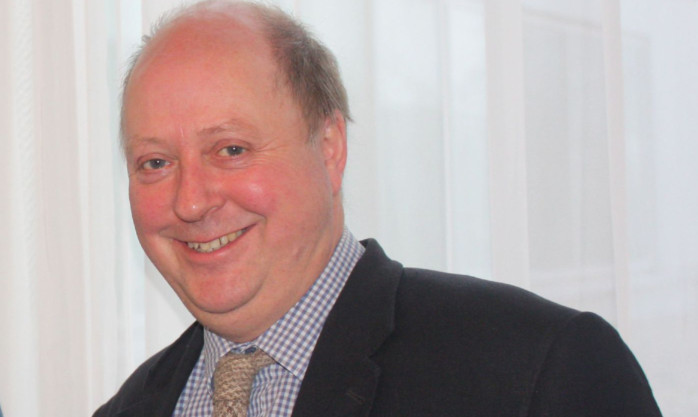During the past few weeks NFU Scotland president Nigel Miller has travelled the length and breadth of the country on the rolling regional AGM circuit.
These meetings, which conclude in Orkney this week, have come hard on the heals of the CAP reform roadshows and, as a result, they have been supported by a combined engagement of more than 1,500 farmers.
How Scotland plays out the implementation of CAP reform has been the frontrunner on each agenda.
But the meetings have also led Mr Miller to pose the question of whether Scotland is in danger of basing CAP reform around computers while others, like Ireland, focus on production.
“It is apparent the temperature has changed over the last few weeks as the real impact of CAP reform has been calculated out on farm,” said Mr Miller.
“In December, it was clear that turning the screw to lock out inactive land was important,” he explained, adding that the rough grazing region had proved a key issue in all regions.
“The single area payment approach to the rough grazing region never looked good with stocking rates varying from 0.02 to more than 0.3 livestock units per hectare.
“Creating a support system for the most fragile parts of Scotland, which could see money bleed away on large areas of low-intensity grazings while destroying hill farms where grazing levels are more intense, is clearly unacceptable to members,” he said.
In January, the gaps created by a simple two-region system are stark and alarming, according to Mr Miller.
He said: “The move to area payments was never going to be easy for Scotland with a limited budget, and a variable jigsaw of land types and farm systems, but the scale of change on many farms is extreme.
“Area payment systems will always move support away from units where historic production has been intense.
“Cattle systems, both beef and dairy, are on the high-risk list and those holdings with both a history of production and a significant percentage of rough grazing see direct support melt away to less than 50% of the present rates.”
The reality, according to Mr Miller, is that a significant percentage of cattle units are going to be rushed towards an area payment system in 2019, which will deliver cuts of more than 40%.
“Union survey data shows that businesses experiencing cuts of 20% or more are likely to reposition themselves, with cows or hill sheep the immediate casualty,” he said.
“But if Scotland is serious about food production and wants to maintain a significant cattle industry, it is time to learn a few lessons from Ireland and start thinking production!
“France has modelled its new CAP to support livestock farms, England has designed a system to protect the environment and biodiversity, Ireland has created a CAP model to drive production and technology,” said Mr Miller.
“Scotland, however, has broken the mould and designed the new CAP to fit a computer system!”
But he said that unique approach is “particularly brave” with a budget that is one of the lowest in Europe, linked to a rapid transition period.
“Perhaps being a slave to simplicity will smooth and ease the administrative challenge of change; it does little, however, to protect farm output jobs and the wider economy.
“Brave is perhaps not the right word when our main competitors in Northern and Southern Ireland both have budgets that are more than double that of Scotland on a per hectare basis and a focus on production not computer systems,” said Mr Miller.
“The Southern Irish have protected their direct support budget by minimising transfers to pillar two (modulation) and utilising pillar two to top-up the funding of the beef cow coupled support.
“The direct support effort in Eire is backed up by LFA payments and a €52 million rural development package to drive data recording, efficiency, welfare and quality within their herds.
“There is a commitment at all levels to farm production,” he went on.
“Of course, the 2015-20 budgets mean Scottish agriculture will work on a more limited support platform than that of Ireland in the next CAP period.
“Convergence of budgets has still to deliver for Scotland and is unfinished business.”
As a result, Mr Miller said it is vital that Scotland’s farmers should not allow this issue to stall.
“The delivery of parity of support at least with farmers south of the border, be they arable producers or hill units is the basis of a common policy and fair competition,” he added.
“However, the Scottish Government can close the gap for all of Scotland’s production sectors.
“That must mean that tools to target money are stretched to the limit; transition options should be used to protect production and leave future options open as we move closer to 2020 and new negotiations.
“If farming food and drink really is part of Scotland’s future, the option to inject new infrastructure, innovation, carbon efficiency and quality through pillar two must be grasped, even if that means scaling down forestry targets.
“The Scottish Government has a little over 30 days left to move the focus of Scotland’s CAP reform from the computer system and the ease of administration back to farming.
“It is possible to close down the gaps in support and provide incentives to develop businesses. That change in direction is important throughout Scotland’s farming community,” said Mr Miller.
